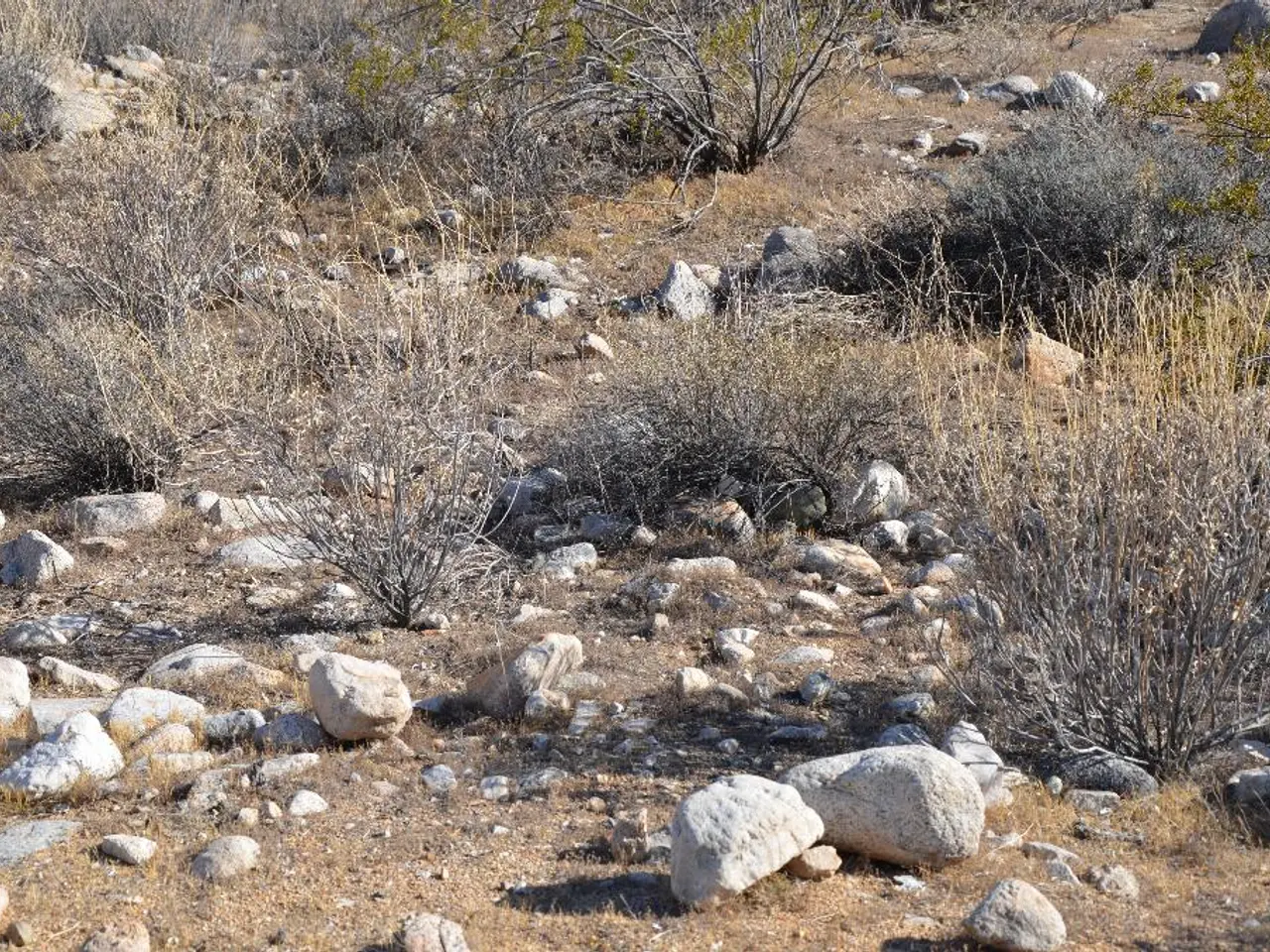Transforming Soil for Acid-Loving Plants: A Handbook for Growth Success
In the world of gardening, understanding the specific needs of different plants is key to ensuring their successful growth. One such plant that thrives in acidic soil is the jasmine, a fragrant and attractive addition to any garden. Here's a guide to help you create the perfect acidic environment for your jasmine plants.
Jasmine plants prefer soil with a pH range of 6.0 to 6.5. To ensure proper growth, the soil should be well-draining and rich in organic matter. Compost can help make soil more acidic over time and provide essential nutrients. To make compost more acidic, include acidic organic matter like oak leaves, pine needles, coffee grounds, and lemon or citrus peels.
To increase soil acidity, the best methods focus on gradual and sustainable practices, mainly involving the addition of acidic organic materials, elemental sulfur, and acidifying fertilizers.
Incorporate acidic organic matter such as pine needles, oak leaves, sphagnum peat moss, or compost made from these materials. As these decompose, they release organic acids (humic and fulvic acids) that gradually lower soil pH and improve nutrient availability for acid-loving plants.
Apply elemental sulfur, which is oxidized by soil bacteria into sulfuric acid, effectively acidifying the soil over a period of 2 to 12 months. Recommended application rates range from about 300 to 1000 kg/ha depending on soil type and initial pH.
Use acid-forming fertilizers such as ammonium sulfate or urea, which release acids as they break down in the soil, lowering pH moderately and more quickly (within weeks). This method provides both nitrogen and acidification but is typically less sustainable long-term than organic amendments.
Mulch with acidic materials periodically to maintain acidification and protect soil health, using materials like pine needles or composted oak leaves.
Best practices include testing your soil pH before and after amendments to tailor applications to your garden's needs. Apply amendments gradually, as sudden large pH shifts can harm soil microbes and plants. Combine organic matter incorporation with sulfur application for balanced, long-term control. Select plants suited to acidic conditions to maximize benefits.
Organic mulch can help regulate temperature, retain moisture, and offer other benefits for plants. Jasmine plants can attract pollinators like bees and hummingbirds, and their fragrant flowers can be used in floral arrangements.
Jasmine plants are sensitive to cold temperatures and should be protected during the winter months. They can be propagated through stem cuttings, layering, or seed. Hot composting can speed up the process of making soil acidic.
Coffee grounds are rich in nutrients, especially nitrogen, but they are not a major source of plant nutrition and may require additional nitrogen sources like composted animal manure, alfalfa meal, or grass clippings. Sulphur is a cost-effective and long-lasting option to make soil more acidic. It can be purchased as elemental sulphur and applied directly to the soil, or incorporated into the soil through organic matter like peat moss or pine straw.
Cottonseed meal, a byproduct of the cotton industry, can be used as mulch, but it's best to use organic cottonseed meal to avoid harmful pesticides and herbicides. Jasmine plants should be fertilized with a balanced fertilizer, following the manufacturer's instructions, and should be pruned regularly to encourage bushy growth and promote flowering.
Compost tea can be made by adding well-rotted, acidic compost to a container of water and stirring it, then straining the mixture to separate the liquid and solid parts. The liquid can be used to water plants and soil, and the solid material can be used for mulching. Jasmine plants should be watered regularly, but allowed to dry out slightly between waterings to prevent root rot.
Coffee grounds are slightly acidic and can be added to soil to make it more acidic, but they are not very acidic and should be composted or mixed into the soil and allowed to sit for a week or two before application. Coffee grounds can be used as mulch, but a layer of leaves or bark mulch is needed to keep the grounds from drying out and repelling water.
Sulfur application should be done in the summer or fall before the following spring planting season, and it can take around a year to see results. Jasmine plants can be grown in containers and moved indoors during the winter months.
By following these guidelines, you can create the ideal environment for your jasmine plants to thrive, ensuring beautiful blooms and a healthy, vibrant garden.
Incorporate acidic organic matter like pine needles, oak leaves, sphagnum peat moss, or compost made from these materials into the soil for jasmine plants, as they decompose, they release organic acids that gradually lower soil pH and improve nutrient availability for acid-loving plants.
For long-term soil acidification, consider using sulphur as a cost-effective and long-lasting option that can be purchased as elemental sulphur and applied directly to the soil, or incorporated into the soil through organic matter like peat moss or pine straw.




